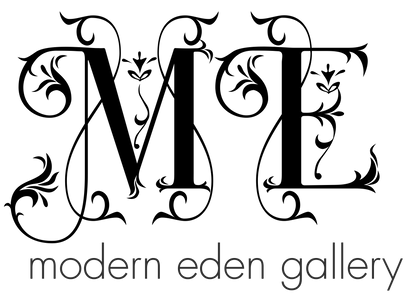Your Cart is Empty
Menu
-
- Exhibitions
-

On View March 16–May 1, 2025
- Upcoming Exhibitions
-
Past Exhibitions
- Year of the Snake: Group Exhibition
- Amandalynn: Medicine
- Paracosmic Escape: Curated by Beautiful Bizarre Magazine
- Erika Sanada: Us
- Nadezda: Once There Was, Once There Wasn't
- Angelique Benicio: Memories and Myths
- The Portrait Show 12: Myth
- Michael Campbell: The Wilding
- Field Trip: Group Exhibition
- The Tropics: Group Exhibition
-
- Artwork
- Visit Us
-
- San Francisco, CA
- Call or Text: +1 (415) 956-3303
- Login
-
Australia (AUD $)

0
Your Cart is Empty













